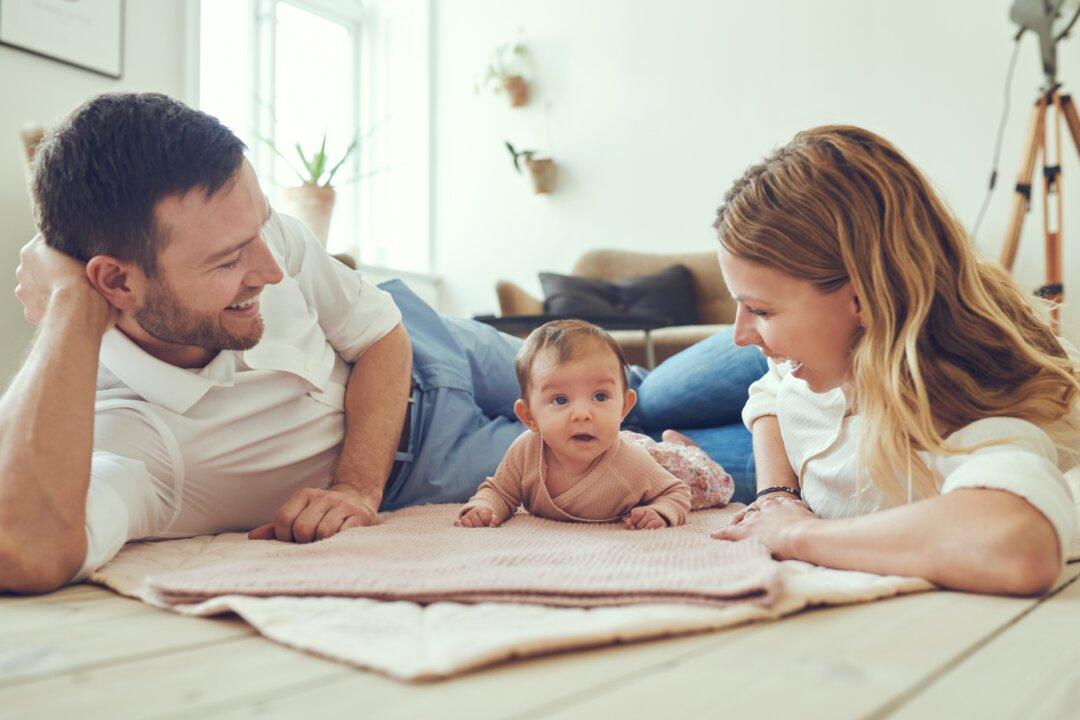“Mom, where did the seaweed find a job?” My 8-year-old daughter read from a list of jokes that she’d prepared for me.
“Where?” I asked, smiling at her and trying not to moan.

“Mom, where did the seaweed find a job?” My 8-year-old daughter read from a list of jokes that she’d prepared for me.
“Where?” I asked, smiling at her and trying not to moan.